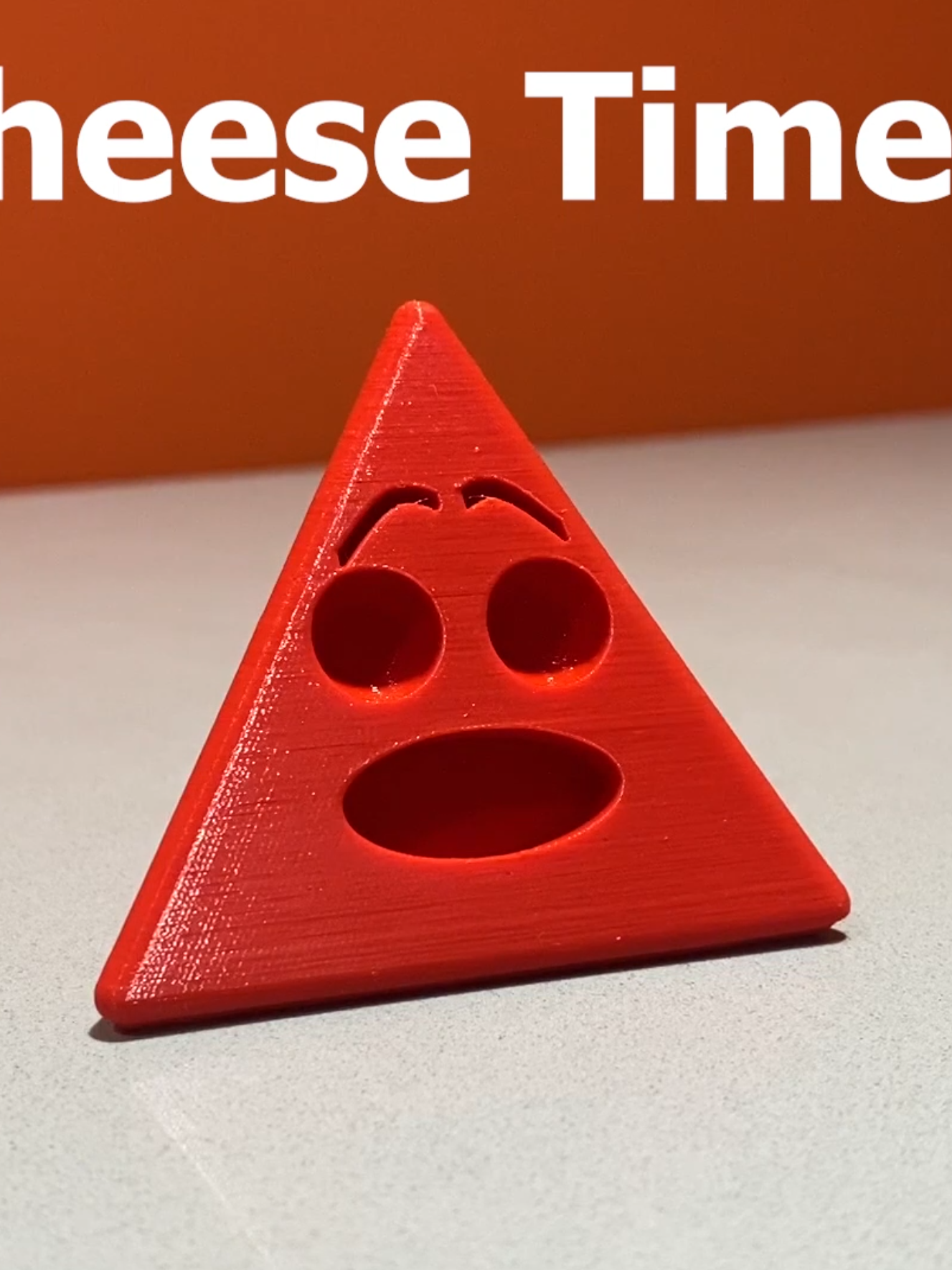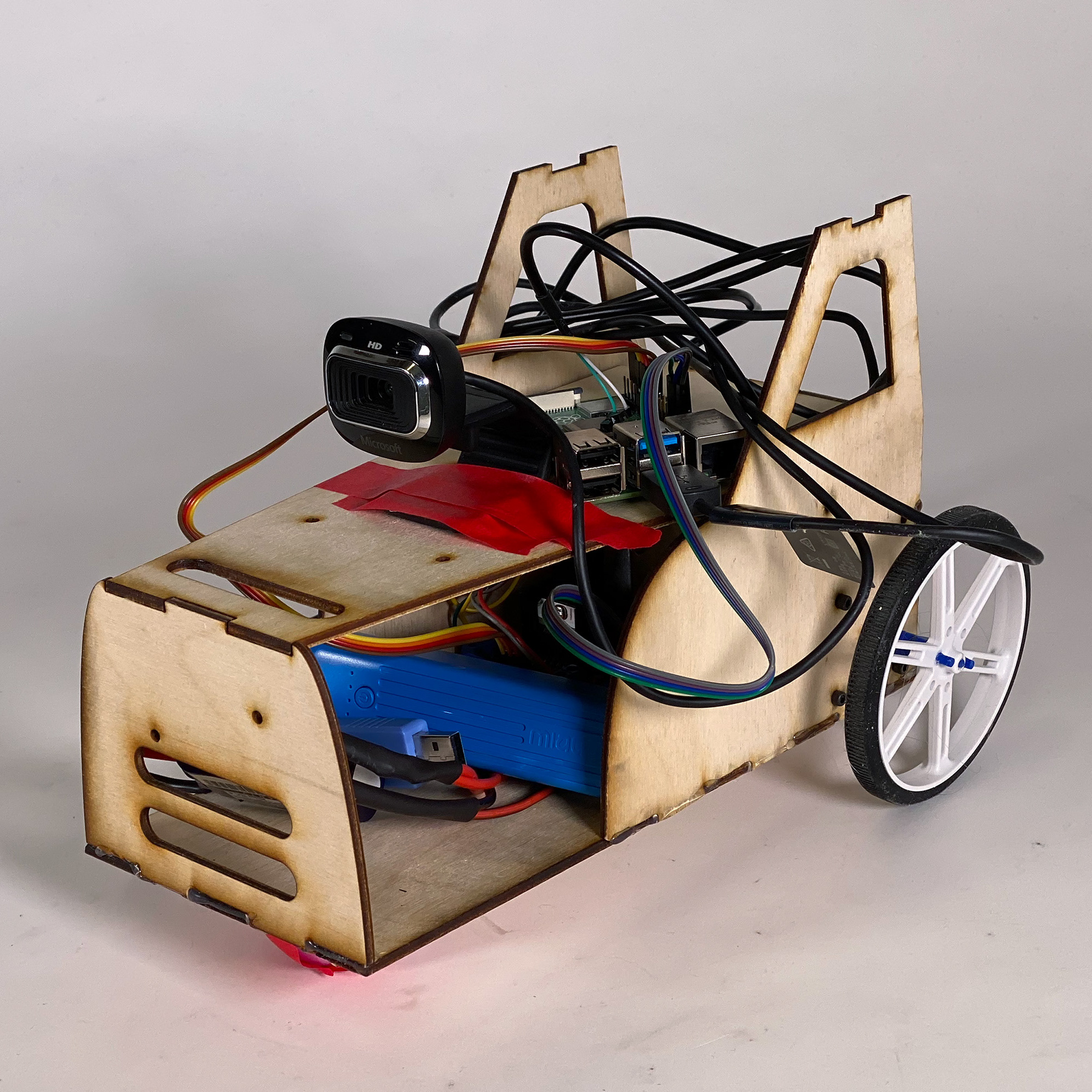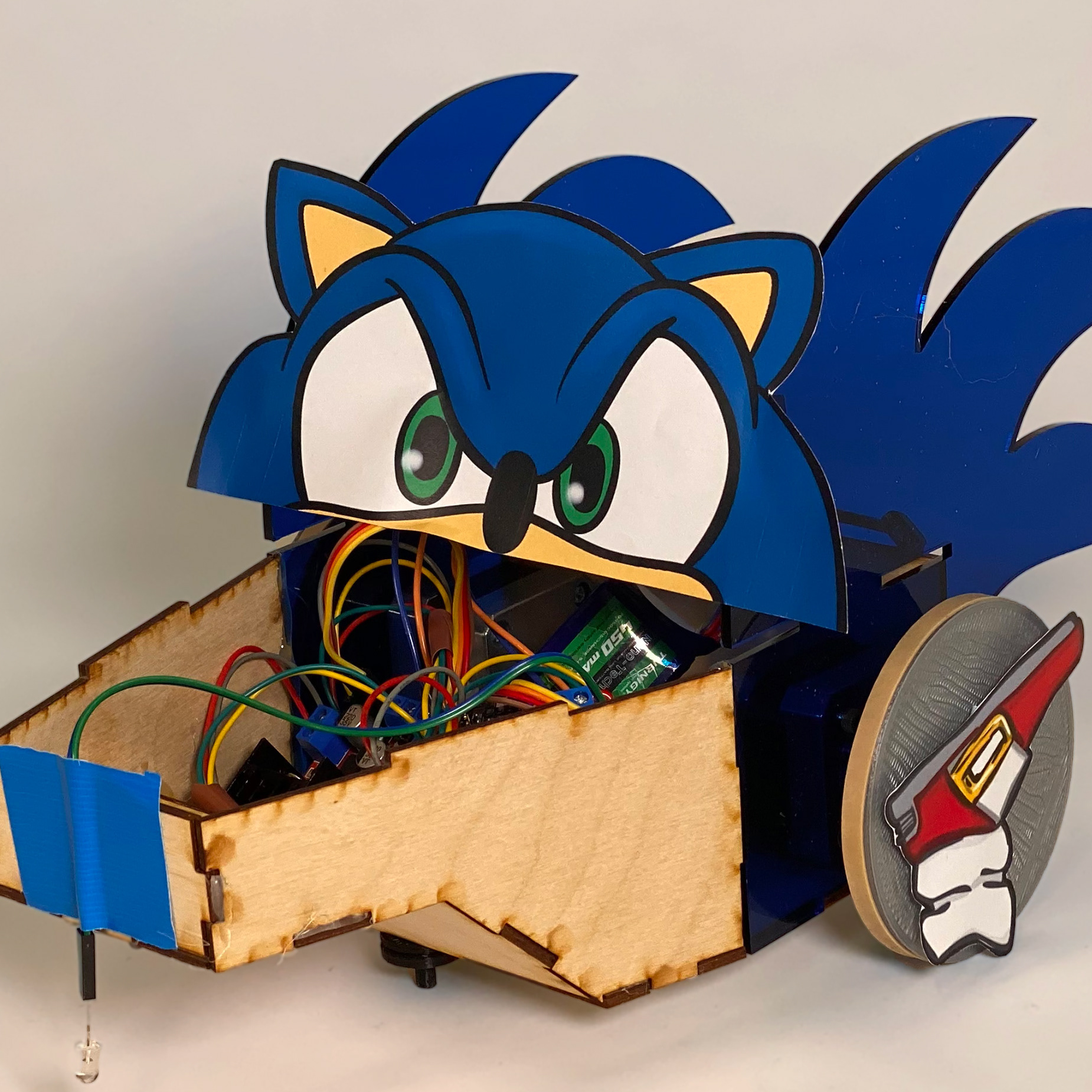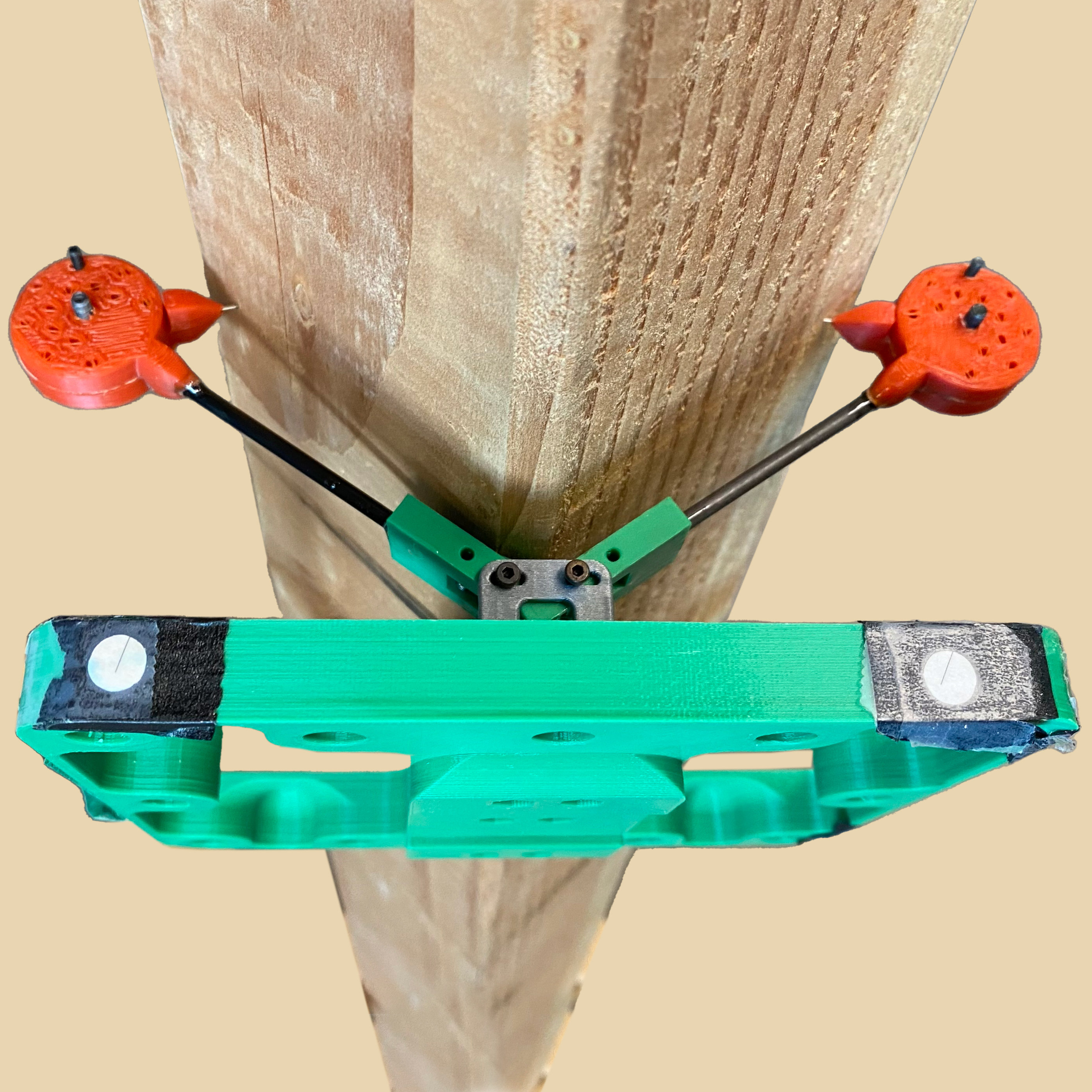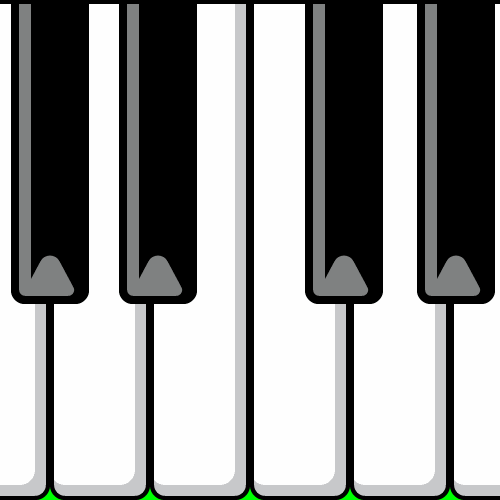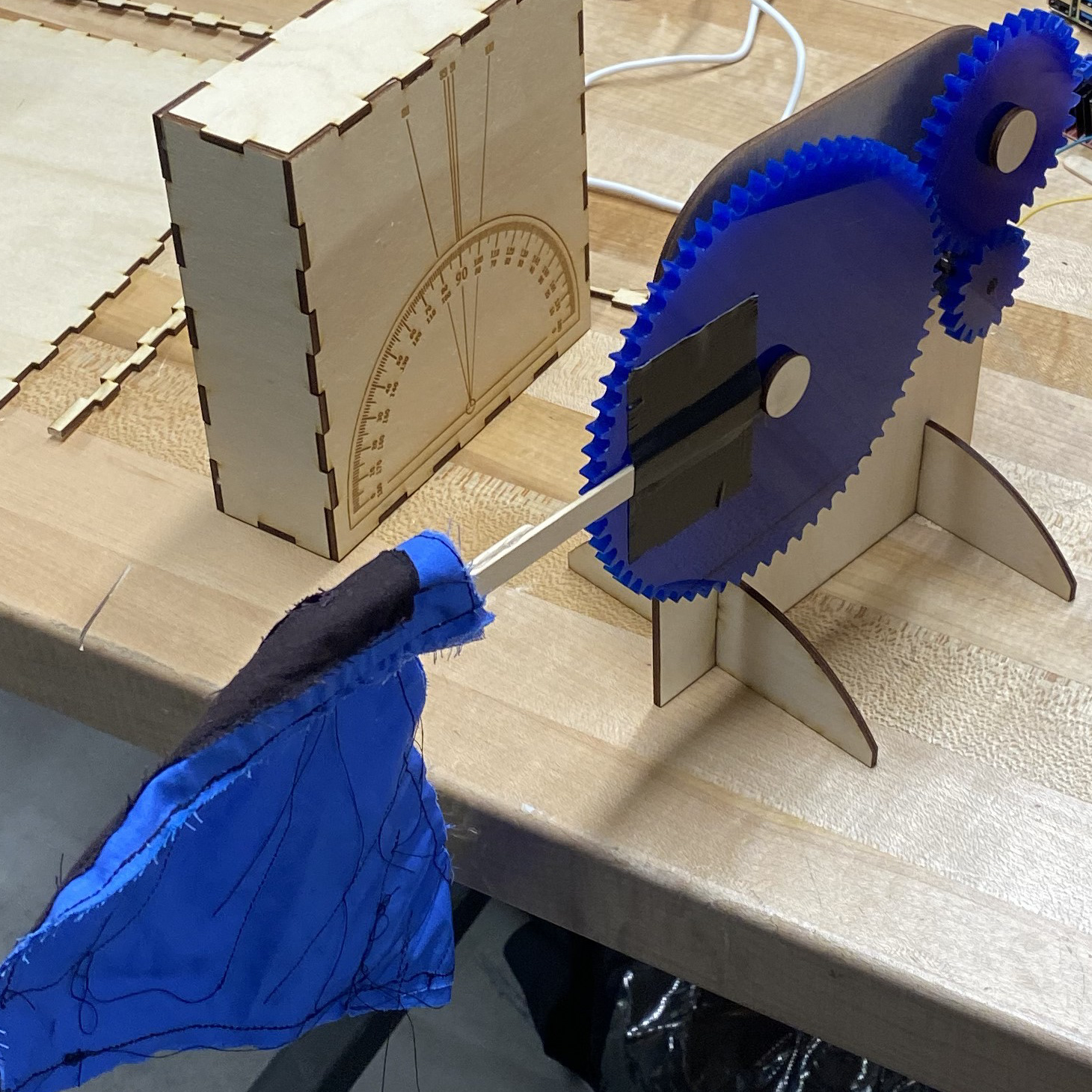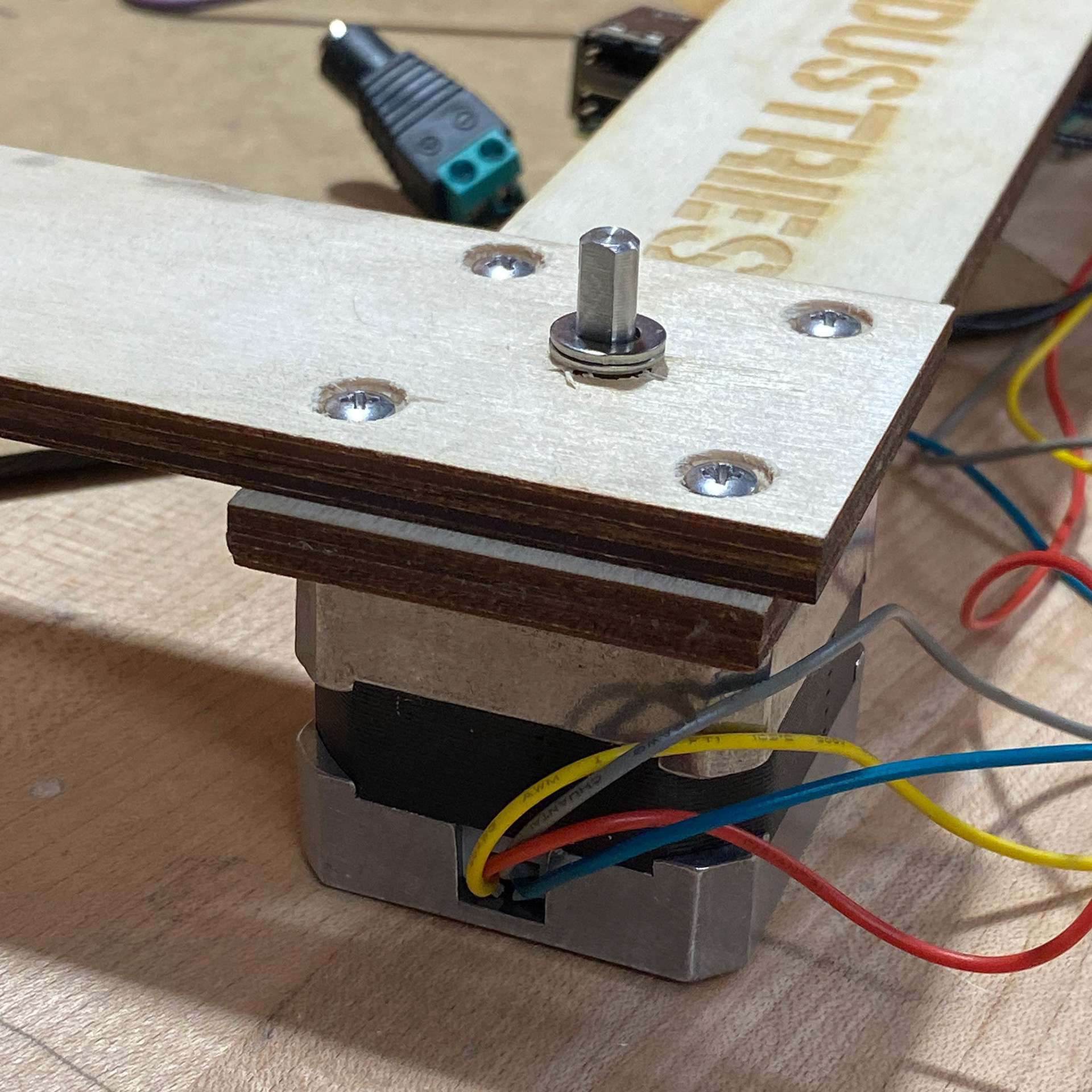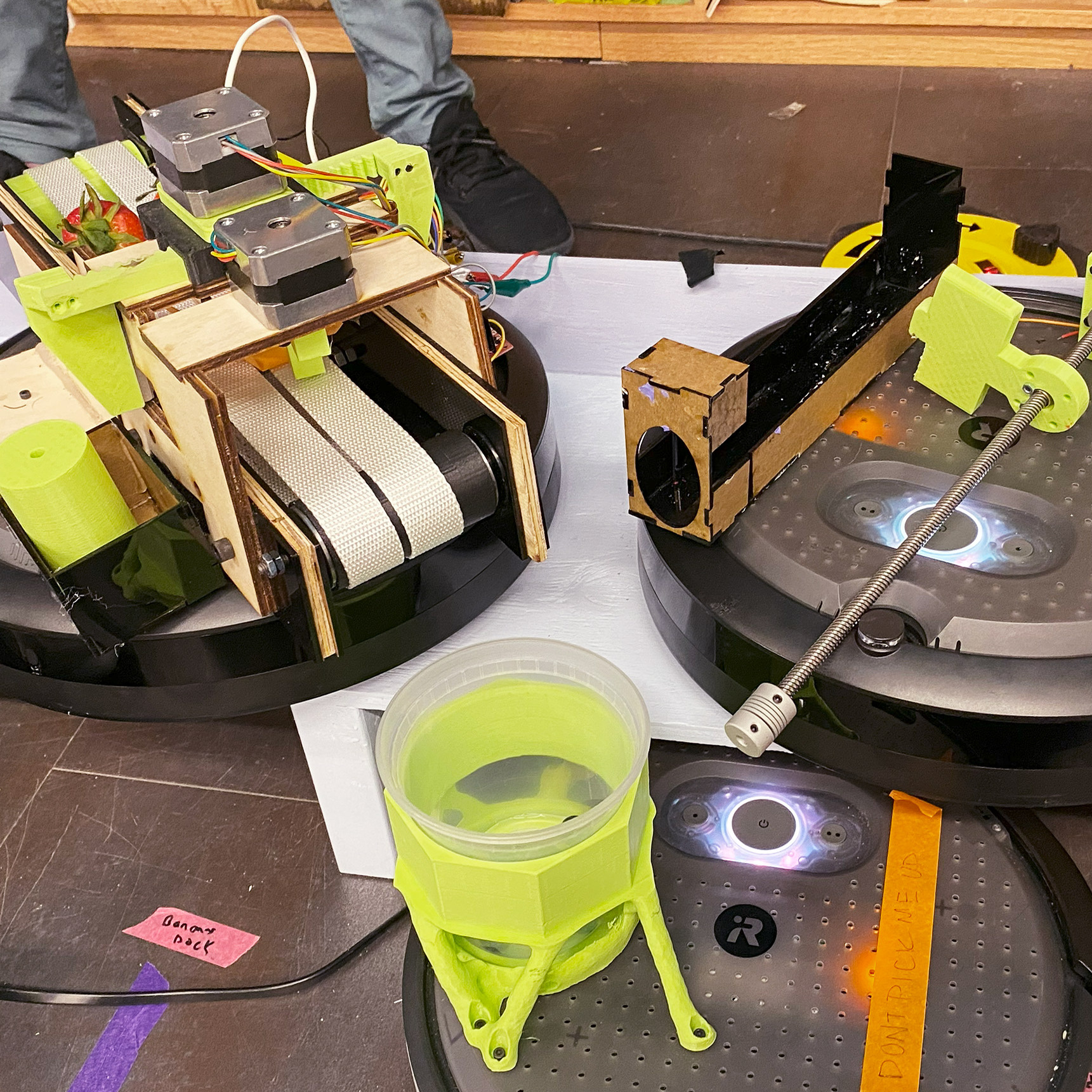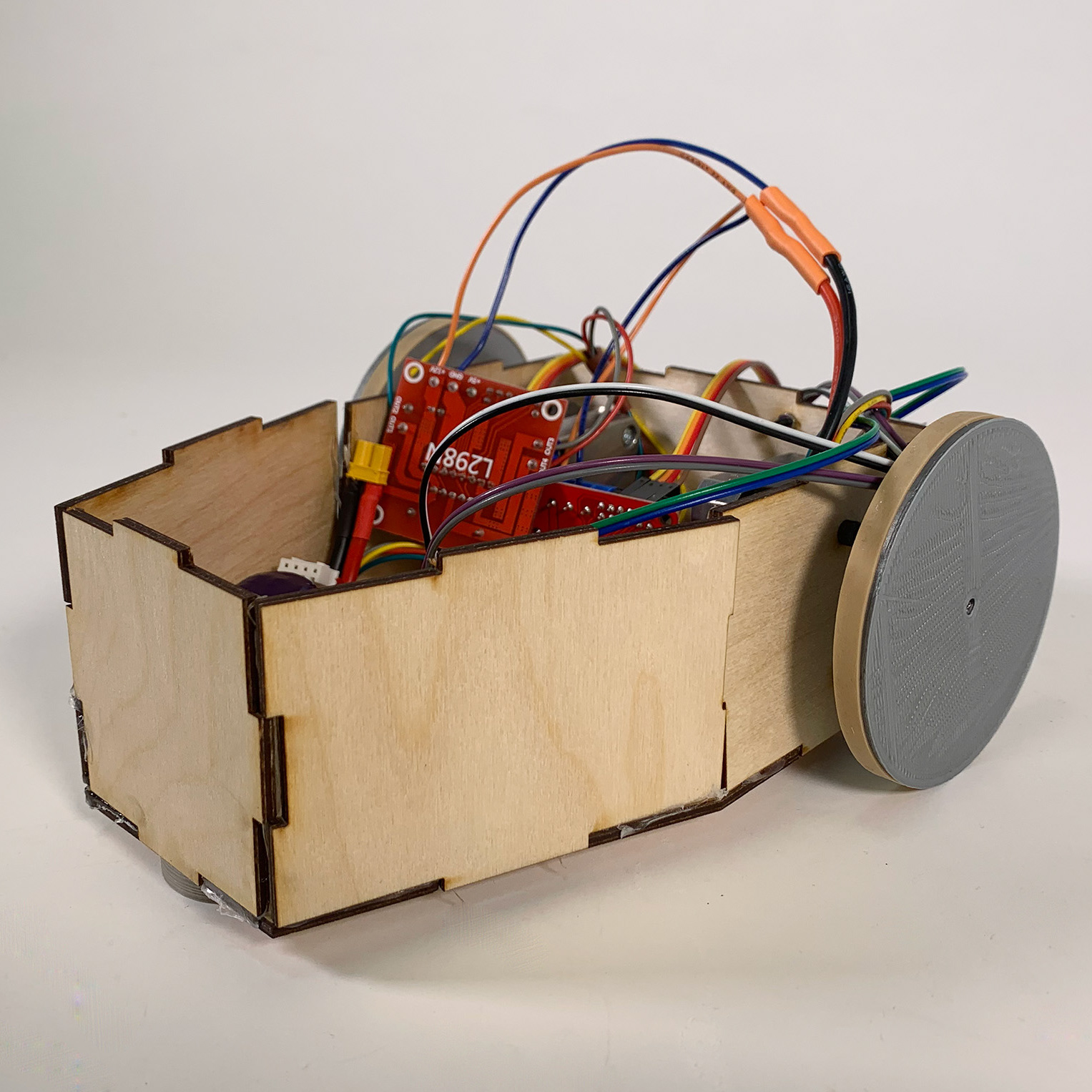This project aimed to create a near-perfect model of an existing Olympus Pearlcorder L200 Microcassette Recorder.





CAD Modeling
For this project, I wanted to use Onshape to push my existing knowledge and learn more about the software. Using a pair of calipers, I slowly analyzed the product feature by feature and implemented them into a CAD model. I split up the work into two sections: the "player" and the "cassette", which would later be combined in a master assembly. The Onshape model can be found here.
Obstacles / New Techniques
Working with two major components — the cassette and the player — I knew there would be a mutual dependence between them where each's geometry would need to be based on the other. I also needed to create a method to replicate the thin sheet of aluminum used in much of the player's "holster". To tackle these, I used:
Sheet Metal Modeling
I noticed that sheet metal was used to create a small "holster" for the cassette on some of the interior components. Having worked with sheet metal fabrication, I recognized that this would have been created using various shearing, bending, and stamping methods. I worked to recreate these features with Onshape's built-in sheet metal modeling, which also allows you to understand how the piece will look and start in a flat layout.
A 2D layout of the top and bottom "holster" sheets.
Many of the player "holster" components were modeled under the context of the cassette sitting inside.
In-Context Modeling
The Onshape Learning Center was crucial in improving my knowledge of its over-arching strengths and use cases. To begin implementation, I used a meld of techniques, where the most important dimensions (cassette length, width, and height) were defined using global variables. I knew these values would likely not change at all with design iteration. Since the cassette tape would have more distinct features and the player effectively acts as its "holder", I first designed all its small features. I then created an assembly with the cassette and player combined in an approximate position and used that as a context to model the player details.
Overlap Fix
Using Section View, I found areas and positions in the larger assemblies that resulted in self-intersecting geometry. Since this is modeling a real-life object, I worked to mitigate these issues through more context-aware spacing. This tolerancing practice helped me to understand the opening mechanism of the case.
Special Features
Variable Tape Positon
I wanted to replicate the polyester magnetic tape that the cassette uses, and how each reel acts as a spool, winding the tape at each end. This was accomplished using a series of variables, with a larger tape position factor driving the "progress". I wrote a small script to allow for the reels to be driven in this process as well.
An animation showing the cassette's tape position changing from beginning to end. Reel rotations are not to scale.
Realistic Mates
Thanks to Onshape's intuitive part mating system, I created assemblies for each component that allowed for pushing buttons, scrolling the volume wheel, moving switches, rotating feed heads, and more. I then combined these sub-assemblies into a master assembly, where I defined larger-scope relationships to control how the cassette fit into the player.
Final Model Rendering
Blender
I imported the model into Blender, and using realistic materials, rendered out an image of the model. I want to incorporate surface imperfections and animation in later versions.
First draft image of the rendered model.
This project is ongoing! More updates will come as progress is made.

